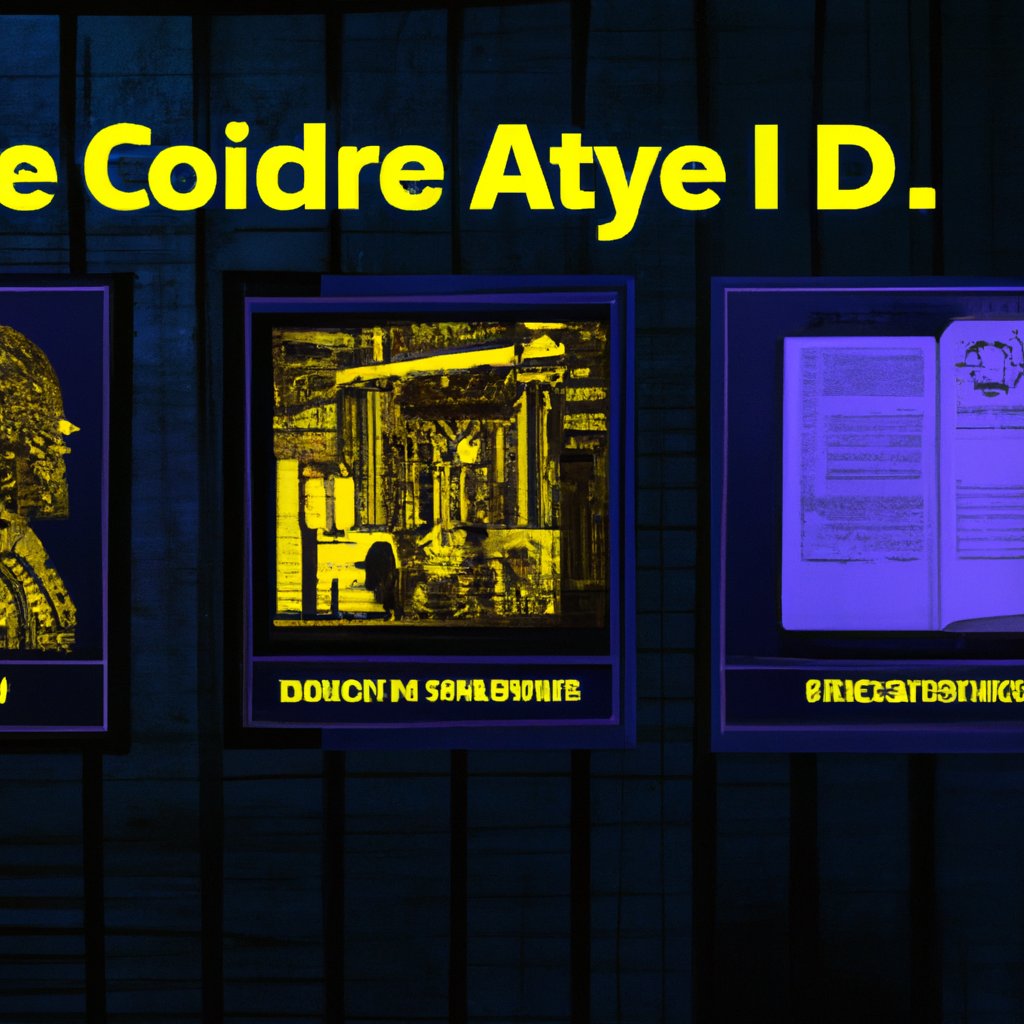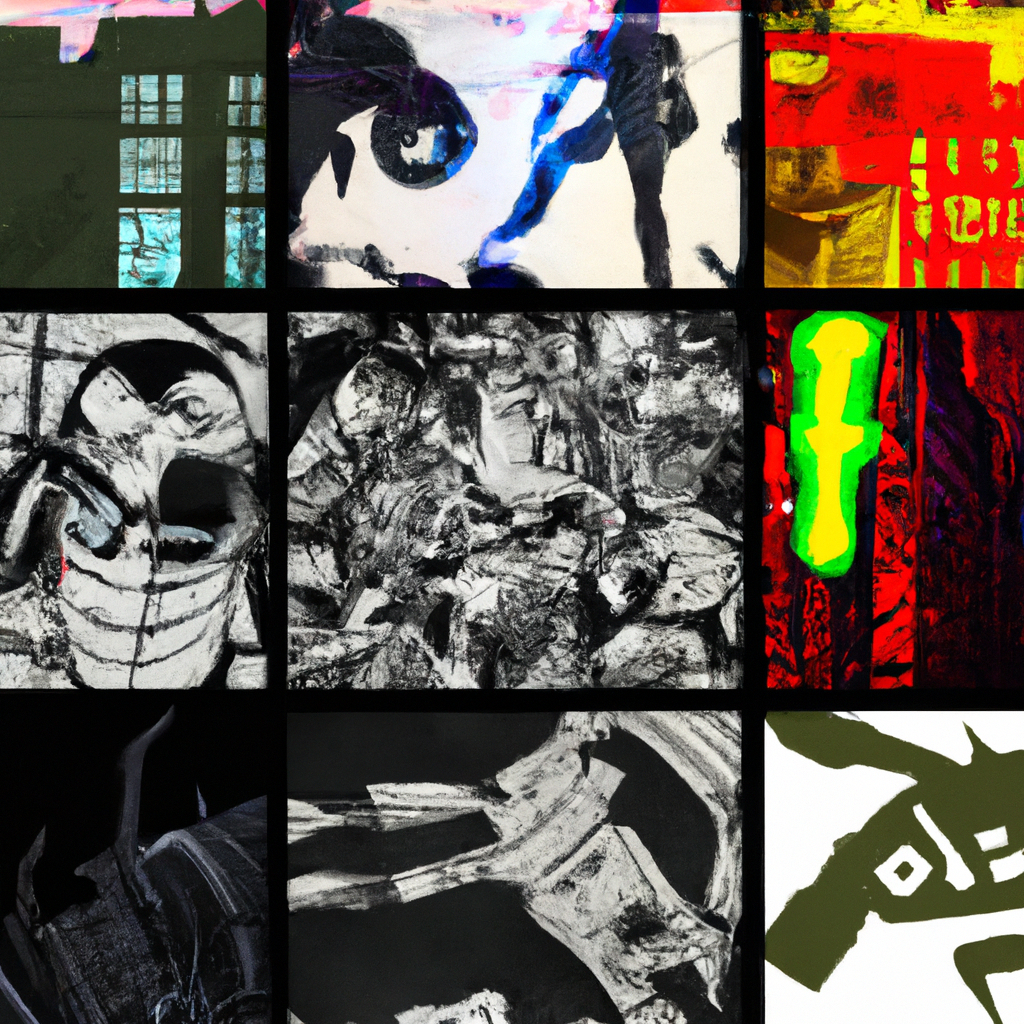In the world of artificial intelligence and machine learning, innovation often arrives with a subtlety that belies its potential impact. Such is the case with the latest iteration of Chonky, a neural text semantic chunking model that has recently gone multilingual. What seems at first glance to be a technical upgrade might well be the harbinger of a shift in global information processing dynamics.
The scene is set: a dimly lit room, the hum of servers, and a developer staring intently at lines of code. This is where the story begins. The protagonist, a neural network model named Chonky, has been a workhorse in the realm of text processing, splitting and analysing English text with precision. But now, with the strategic introduction of the multilingual mmBERT, Chonky is poised to bridge linguistic divides, promising to process text in over 1833 languages.
But why now? And who stands to gain from this leap? The scent of hidden motives lingers in the air, begging for an investigation.
The Evidence
The developer behind this intriguing development is expanding the Chonky model family by fine-tuning it with a vast dataset enriched by the Project Gutenberg collection, alongside the previously utilised bookcorpus and minipile datasets. This expansion aims to make the model more robust against the chaotic nature of real-world data often found in OCR’ed documents and meeting transcripts.
A notable aspect of the model’s training involves a probabilistic approach to punctuation removal, a technique reminiscent of the enigmatic methods employed by cryptographers during wartime. Yet, the evaluation remains a challenge, as the developer candidly admits to a lack of suitable real-world labelled datasets, resorting instead to diverse literary and internet sources like Paul Graham’s essays and the 20_newsgroups dataset.
The decision to venture into multilingual territory with a smaller model, despite the lacklustre results of fine-tuning a larger mmBERT, suggests a tactical manoeuvre. It is reminiscent of David choosing a sling over Saul’s armour, a calculated risk with potential high reward.
The Pattern
To understand the broader implications, one must consider the forces at play in the global AI arms race. Language models are not just tools; they are vessels of influence. The ability to process and analyse text across languages can be a formidable asset, offering insights and power to those who can harness it. In a world where information is currency, multilingual capabilities in AI could redefine geopolitical and economic landscapes.
Moreover, this multilingual leap aligns with a growing trend in the tech industry: the push towards inclusivity and accessibility. By empowering AI to understand and process diverse languages, developers are not just expanding market reach, but also addressing the digital divide, a move that could be seen as both noble and commercially astute.
Why It Matters
The implications of Chonky’s multilingual transformation are manifold. Ethically, it raises questions about data privacy and the potential for misuse in surveillance or censorship. Socially, it offers the promise of better communication tools that transcend language barriers, fostering global understanding. Geopolitically, it could shift the balance of soft power, as nations and corporations vie for technological supremacy.
As we ponder these developments, we’re left to question the accountability of those who wield such technological power. Are they the benevolent innovators they claim to be, or are there darker motives at play? And what safeguards exist to ensure these powerful tools are used for the greater good?
Sources
Salt Angel Blue Verdict: True — The multilingual expansion of Chonky reveals genuine potential to bridge linguistic divides, but vigilance is needed to ensure ethical application.





